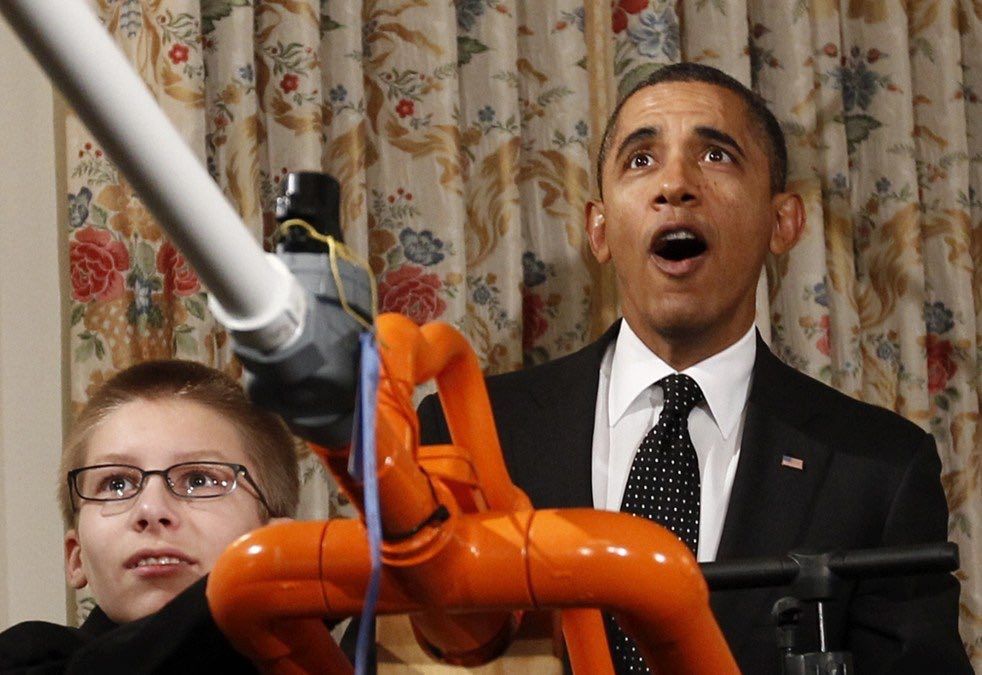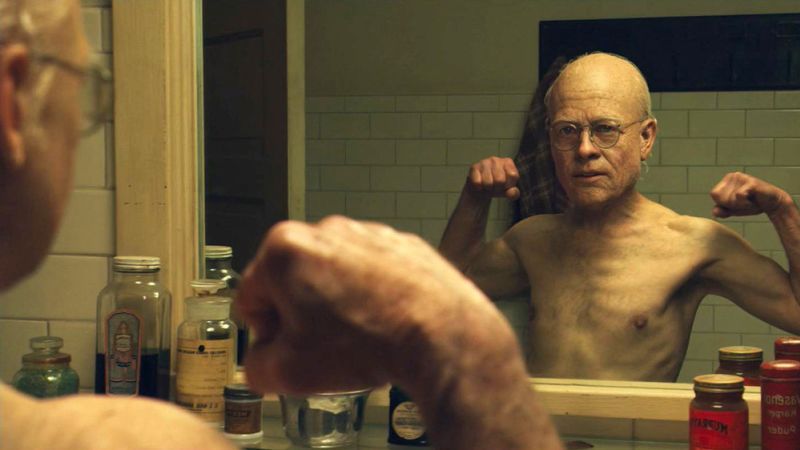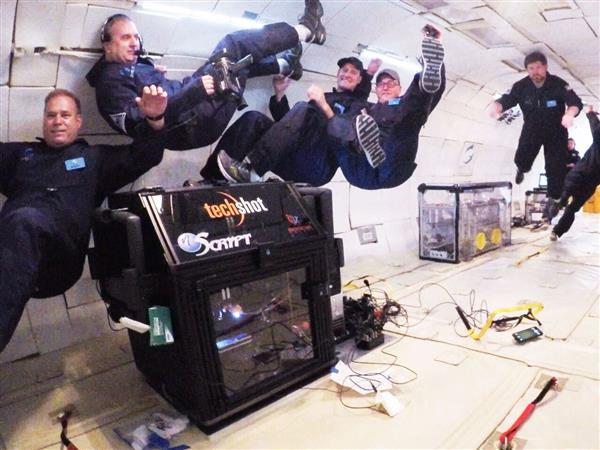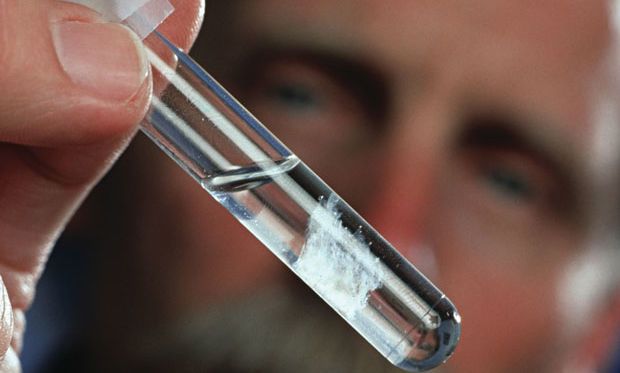Jun 22, 2016
White House issues report on President Obama’s impact on science and tech
Posted by Karen Hurst in categories: biotech/medical, education, mathematics, policy, science
In 2009, President Obama pledged to “restore science to its rightful place.” He said, “We will not just meet, but we will exceed the level achieved at the height of the space race, through policies that invest in basic and applied research, create new incentives for private innovation, promote breakthroughs in energy and medicine, and improve education in math and science.”
Today, the White House released an Impact Report listing 100 things that Obama has made happen with the support of many people across research, policy, education, and, yes, maker culture. Here’s the full Impact Report. A few examples from the list:








 Want to fight aging; eat this new chocolate.
Want to fight aging; eat this new chocolate.









